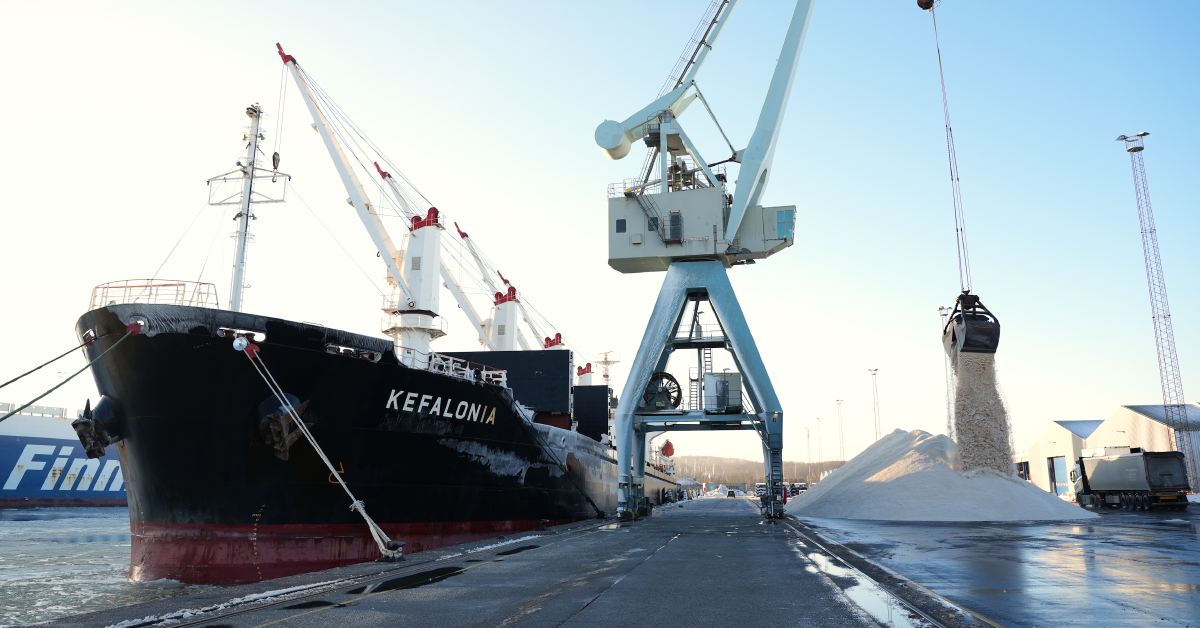The maritime logistics industry is complex, dynamic and full of operational challenges. Think of registrations on ship movements, handling different types of cargo, many variations of services and one operational business processes resulting in various financial administrations. To work more efficiently and predictably, a smart approach is needed in addition to a suitable system.
At Ultimate Maritime Logistics, we’ve been working with organizations in this sector over the past 20+ years. Here are 5 practical tips we apply in practice - and use every day:
1. Start with registration at the source
Many inefficiencies and errors occur because data is entered too late or in multiple places. Ensure that key operational data (e.g., container movements, vessel arrivals, resource allocation) is recorded directly where it originates. This improves accuracy and reduces rework downstream.
Pro tip: Automate data input via handhelds, RFID, or integration with terminal systems wherever possible.
2. Ensure uniform business rules
When finance, operations and commercial teams have their own systems with their own rules, this can lead to inconsistencies and errors. Define your common business rules and implement them organization-wide – for example, tariff calculations, lead times, and approval flows.
Pro tip: Record these rules in one central system so that everyone works with the same information.
3. Multilingual support makes a difference
Maritime operations often span borders. Multilingual support (both system-wide and in your consulting team) ensures smoother communication, better training, and fewer errors.
Pro tip: Choose systems and partners that understand the cultural and operational nuances of international logistics.
4. Make reports part of the process
Reports shouldn’t be separate jobs, but an automatic result of your daily operation. If you're still manually pulling data out of Excel, it's time to rethink how to work with your data.
Pro tip: Use BI dashboards that pull data directly from your operational ERP – no more exports, no more copy-paste.
5. Standardize where possible, Customize where necessary
Not every process needs to be unique. Build on proven industry best practices and apply customization only where it really adds value – such like unique business rules or customer-specific agreements.
Pro tip: Start with a proven template for maritime ERP, and tailor it to your business.
From insight to action
Our maritime logistics solution with Microsoft Dynamics 365FO is the foundation on which we operate. These tips are examples of how to move a business from reactive to predictive. Are you considering an integrated solution for finance, operations and logistics? We'd love to think with you.
Sparring about your specific challenges? Let’s connect.









